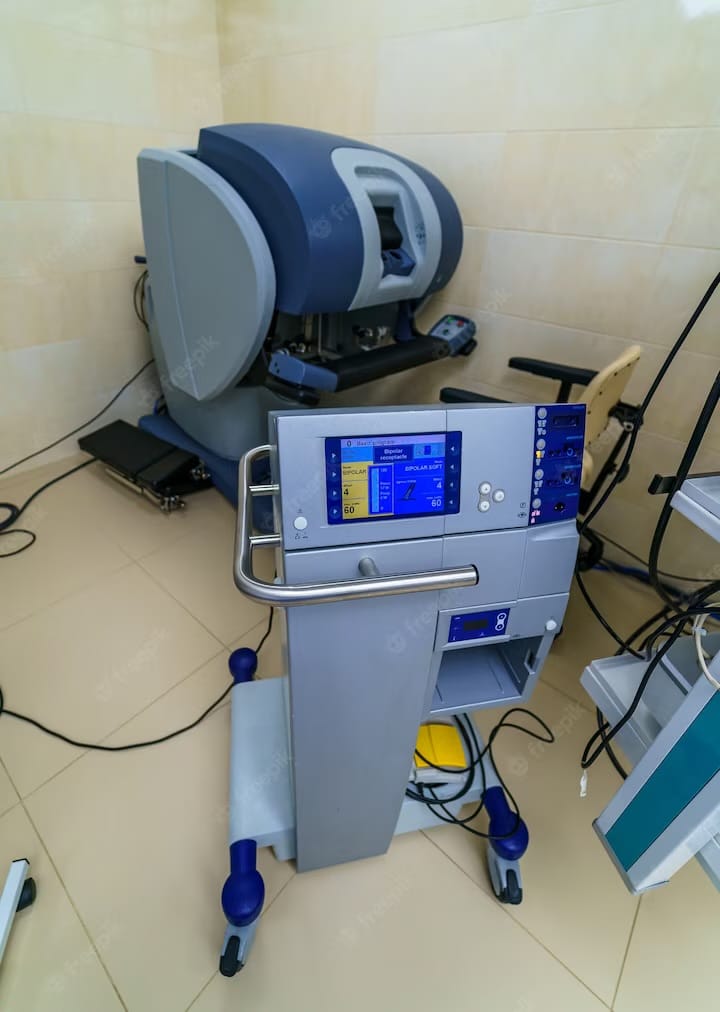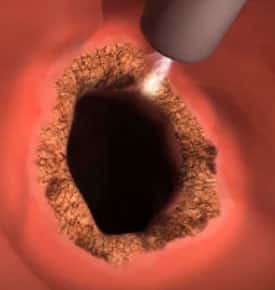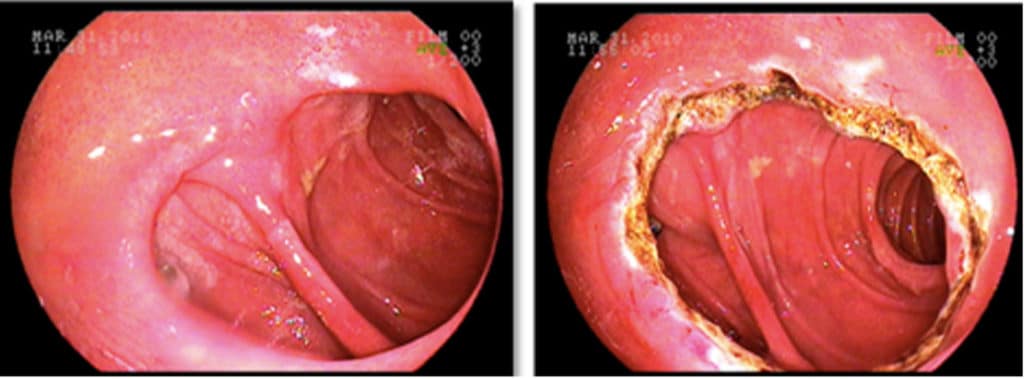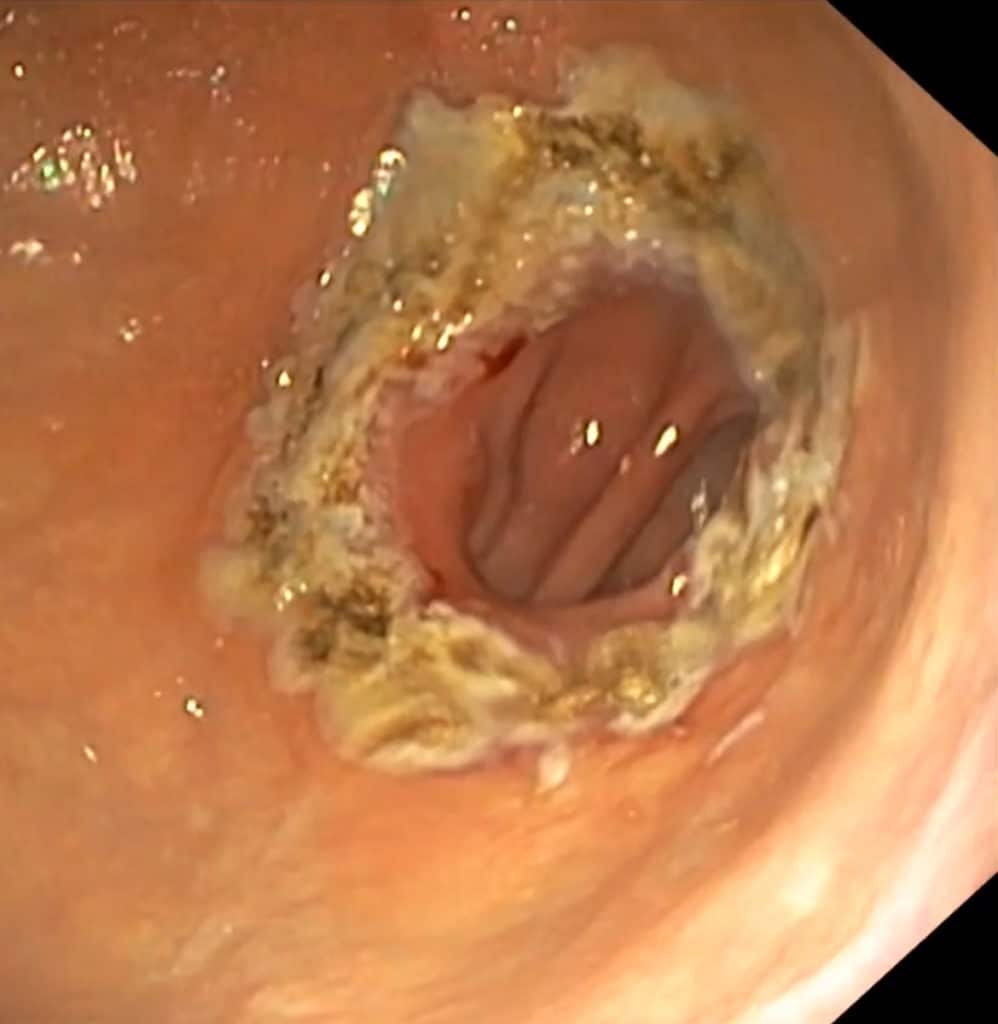Introduction
In recent years, the number of bariatric procedures has been on the rise, with gastric bypass being one of the most commonly performed surgeries. However, a significant number of patients experience weight regain after their initial success. Around 20% of obese patients who undergo Roux-en-Y gastric bypass (RYGB) fail to sustain weight loss over the next 18-24 months, and this can be attributed to the surgical procedure, the patient, or a combination of both.
Several factors have been cited to account for this phenomenon, encompassing overeating, unhealthy diet, sedentary lifestyle with inadequate exercise, metabolic influences, hormonal fluctuations, unsuitable surgical technique, gastrogastric fistulas, malfunctioning of a restrictive band (if present), expansion of the gastric pouch, and dilation of the gastrojejunal anastomosis.
While the exact reasons remain uncertain, one of the most important potential factor that has been suggested is the expansion of the gastrojejunal anastomosis.This poses a substantial challenge for physicians, as weight regain can have a negative impact on quality of life, lead to the recurrence of comorbidities associated with obesity, and increase healthcare costs.
The initial and crucial step in treating this condition involves reintroducing the patient to a multidisciplinary clinical team, which includes dietary counseling and behavioral adjustments. Moreover, various endoscopic and surgical methods have been suggested to address weight regain in post-RYGB patients.
While revisional surgery can be employed to tackle anatomical issues associated with weight regain, it is linked to considerable morbidity. Alternatively, there are several endoscopic procedures designed to reduce the size of the gastric pouch and/or gastrojejunal anastomosis to facilitate weight loss. These procedures include endoluminal injection of sodium morrhuate into the anastomosis, the Bard Endocinch®, the Stomaphyx® from Endogastric Solutions, the ROSE® procedure, the Apollo Endosurgery Overstitch®, the OTSC® clip, and the coagulation of the gastrojejunal anastomosis using argon, as described by Aly in 2009.
One of the most applicable potential solution to address weight regain after gastric bypass is argon plasma coagulation (APC). APC is a procedure that utilizes ionized gas to induce coagulation or scar tissue formation in the digestive tract. It has been widely studied and shown promise in treating weight regain after Roux-en-Y gastric bypass (RYGB).
Understanding Weight Regain after Gastric Bypass
Weight regain after gastric bypass can be a distressing experience for patients who have worked hard to achieve their weight loss goals. There are several factors that can contribute to weight regain, including changes in eating patterns, lifestyle factors, and the dilation of the gastrojejunal anastomosis (GJA).
The GJA is the opening between the newly created stomach pouch and the small intestine. When this opening becomes dilated, it can result in rapid emptying of food from the stomach, leading to increased hunger and the need for more calories to feel full. Patients may also experience symptoms such as stomach cramping, flushing, rapid heart rate, and even dumping syndrome, characterized by diarrhea after consuming sugary foods.
To address weight regain caused by GJA dilation, interventions such as APC can be employed to reduce the size of the opening and restore proper function. APC works by creating scar tissue that tightens the GJA, slowing down stomach pouch emptying and promoting a feeling of fullness for longer periods.

The Efficacy of Argon Plasma Coagulation
Multiple studies have demonstrated the efficacy of argon plasma coagulation in treating weight regain after gastric bypass. Moon et al. conducted a multi-center study that showed significant weight loss following APC in RYGB patients. Another prospective randomized trial by Brunaldi et al. compared APC alone to APC combined with full-thickness endoscopic suturing and found positive outcomes in both groups. A systematic review and meta-analysis by Jaruvongvanich et al. also supported the use of APC in weight regain after gastric bypass.
The results of these studies indicate that APC is a safe and effective procedure for reducing weight regain and improving patient outcomes. Patients who undergo APC experience a reduction in gastrojejunal anastomosis diameter, final weight, and body mass index (BMI) with a low rate of complications.
Technical Considerations for Argon Plasma Coagulation
While the literature supports the use of APC for weight regain after gastric bypass, there are several technical considerations that need to be addressed for successful implementation. One of the key factors is the choice of APC settings, specifically the wattage used during the procedure. So, it’s important to have your procedure in an experienced center and with an experienced team.
Implementing Argon Plasma Coagulation as a Revisional Procedure
To ensure the success of APC as a revisional procedure, a multidisciplinary approach is crucial. A team of healthcare professionals should work together to provide comprehensive care and support for patients undergoing APC. This team may include an endoscopist, dietitian, psychologist, and other specialists as needed. In Istanbul Bariatric Center, we believe this holistic approach will help us to achieve the greatest results.
Additionally, it is important to establish clear guidelines and protocols for patient selection and eligibility for APC. Patients should have reached their weight nadir and experienced significant weight regain before considering APC as a treatment option. Preoperative tests, including general lab tests and a coagulation profile, should be conducted to assess the patient's overall health and suitability for the procedure. In some cases we prefer other methods, but APC is one of the best first steps to revise a dilated pouch and anastomosis.



Who Are Eligible for Argon Plasma Coagulation?
• Age between 18 and 65 years.
• Minimum postoperative period of 18 months.
• Regain of at least 10% of the lowest weight achieved after RYGB.
• Anastomotic diameter of at least 15 mm.
• Capability to comprehend the procedure.
• Willingness to participate voluntarily and provide informed consent by signing the consent form.
Who Are Not Eligible for Argon Plasma Coagulation?
• Gastrojejunal anastomosis not suitable for endoscopic manipulation.
• History of liver disease with cirrhosis or active chronic hepatitis.
• Undergoing anticoagulant therapy
• Pregnancy or planning to become pregnant within 12 months
• Anemia or severe nutritional deficiencies, alcoholism, drug addiction, recent neoplasia (less than 5 years), and HIV seropositivity.
• Allergy to propofol
• Inability to attend scheduled clinic visits and failure to adhere to nutritional guidelines
Safety and Adverse Events
In the studies reviewed, the overall rate of adverse events associated with APC was relatively low. The most common side effect reported was stenosis (extreme narrowing), which occurred in a small percentage of patients. However, it is essential to closely monitor patients after the procedure and provide appropriate follow-up care to address any potential complications.
To ensure patient safety, APC should be performed in a well-equipped endoscopy clinic or hospital setting. Advanced life support equipment should be readily available, and healthcare providers should be trained to manage any adverse events that may arise during or after the procedure. Again, in Istanbul Bariatric Center, your procedure would be done in a fully equipped hospital.
Conclusion
Argon plasma coagulation has emerged as an effective solution for weight regain after gastric bypass. The available literature supports the use of APC in reducing weight regain, improving gastrojejunal anastomosis diameter, and promoting weight loss. While technical considerations and multidisciplinary care are essential for successful implementation, APC offers a safe and promising option for patients experiencing weight regain after gastric bypass.
As healthcare professionals, it is vital to stay updated on the latest research and guidelines regarding the use of APC as a revisional procedure. By understanding the efficacy, technical considerations, and safety measures associated with APC, we can provide patients with comprehensive care and help them achieve their weight loss goals after gastric bypass surgery. If you are struggling with weight regain after gastric bypass, just contact us to learn your options.

